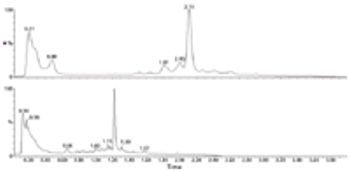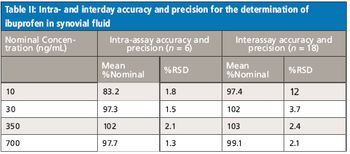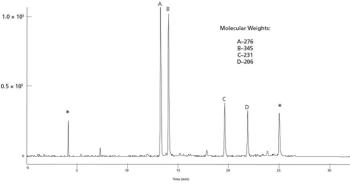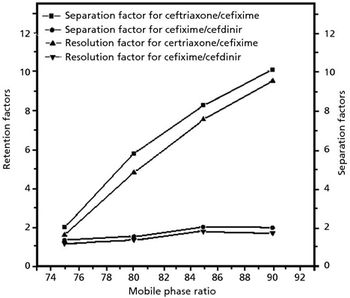
Special Issues
Many laboratory budgets do not allow the purchase of new ultrahigh-pressure liquid chromatography (UHPLC) systems, and workloads typically are not declining. Fast LC incorporates the use of faster mobile phase flow rates and smaller particles to achieve separations in less time and with equivalent resolution to traditional high performance liquid chromatography (HPLC).








